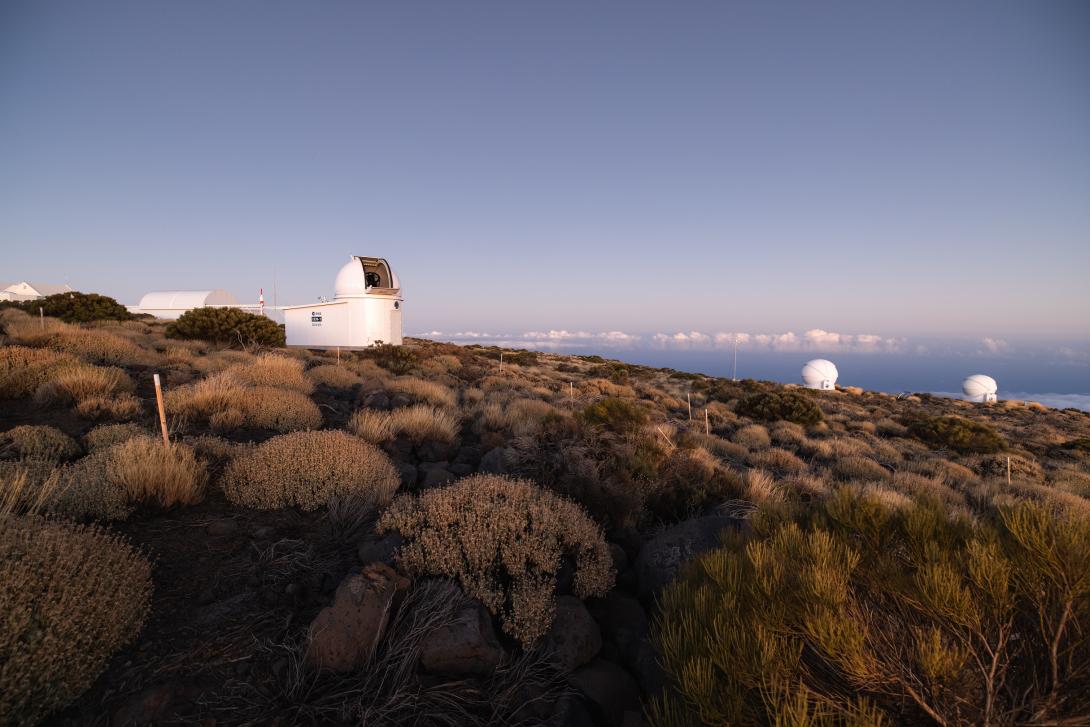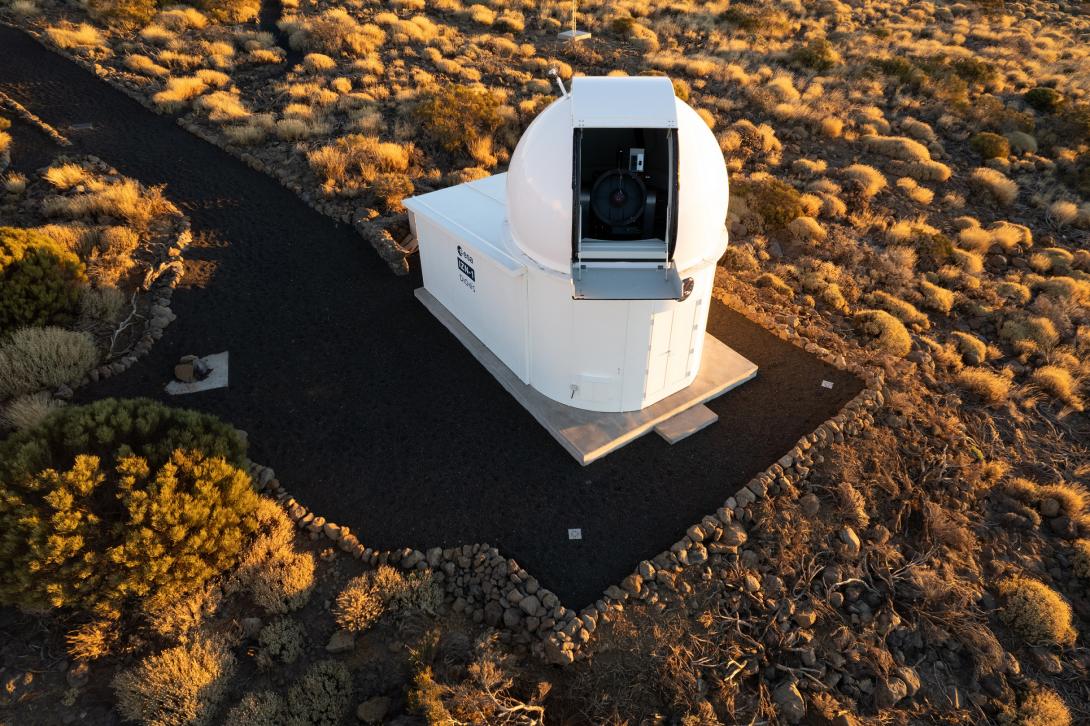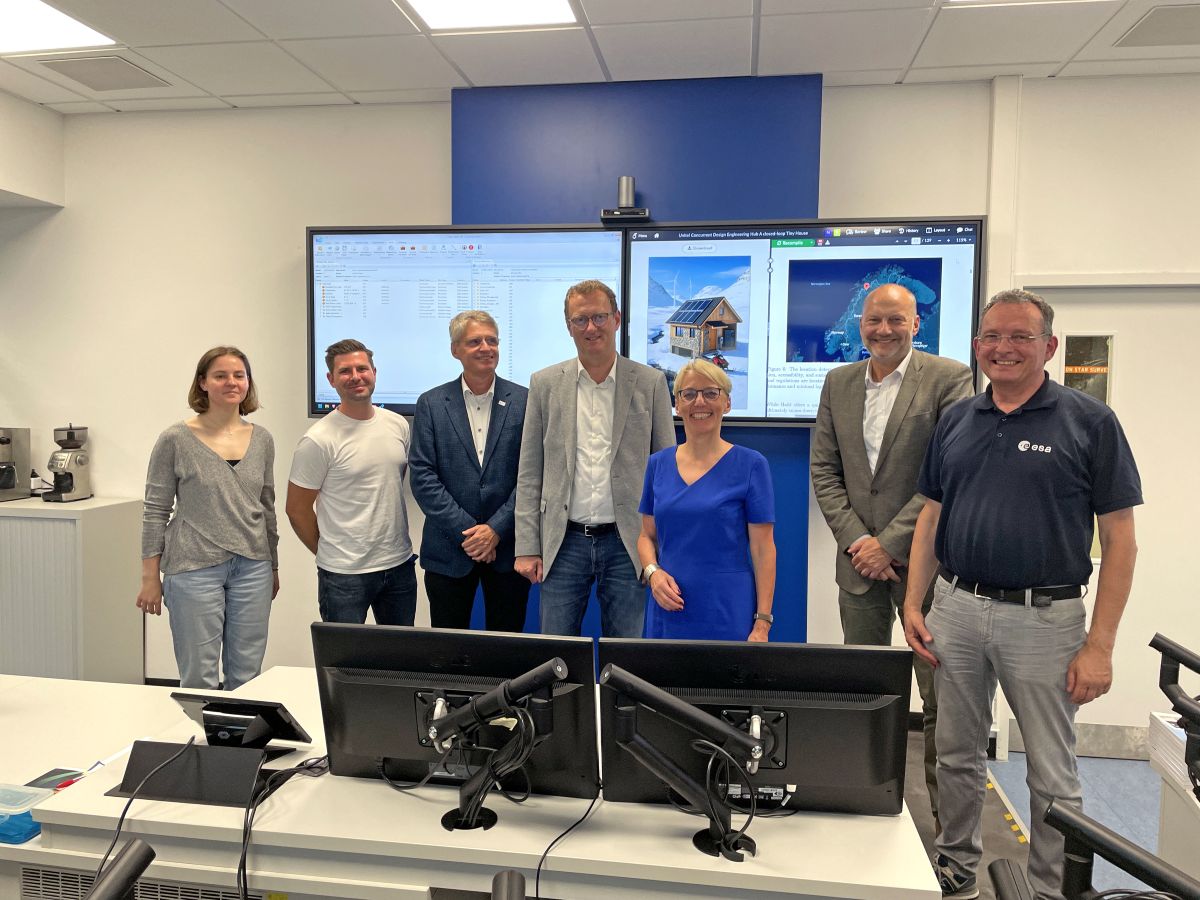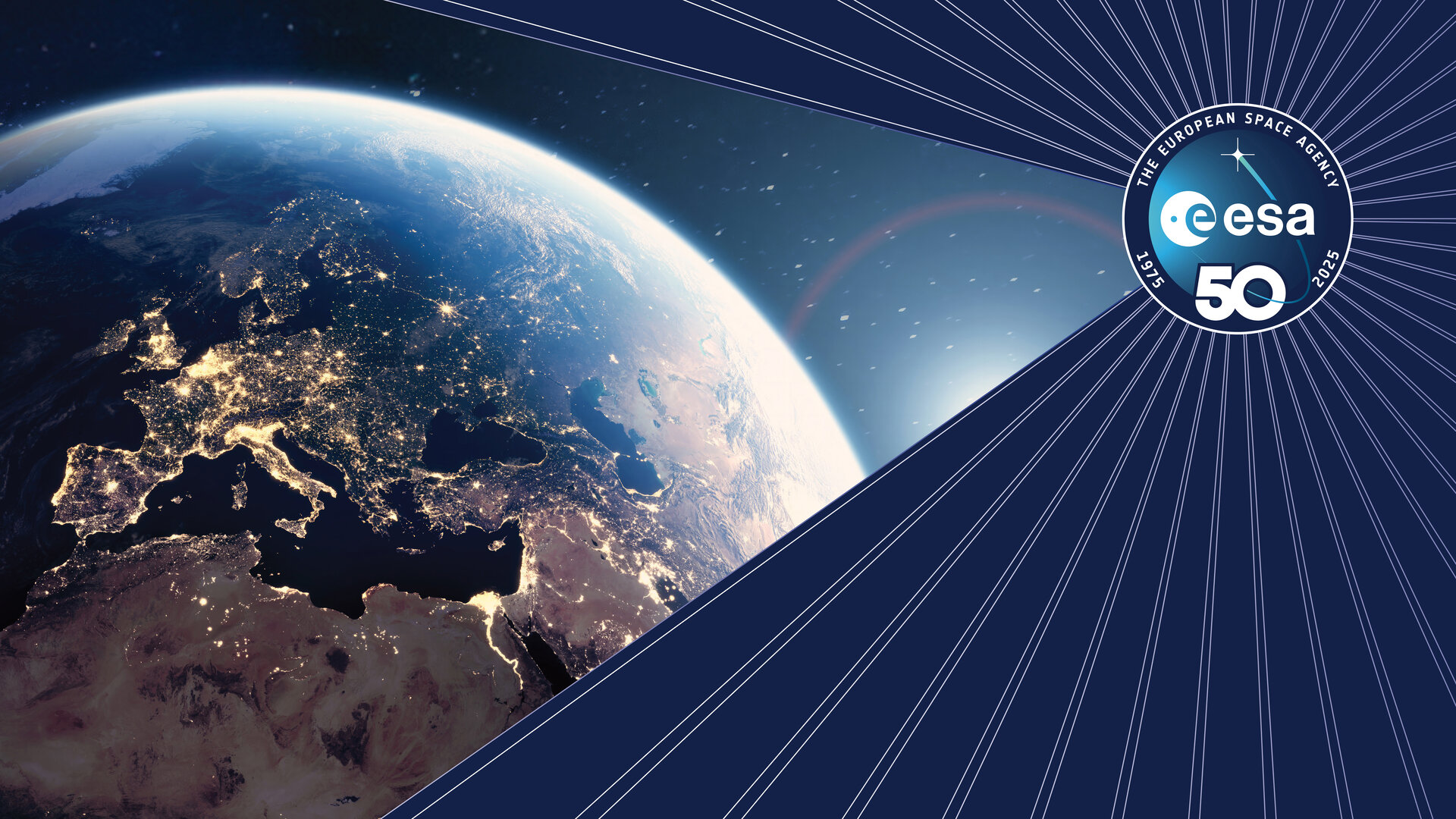ESA’s Izaña-1 laser ranging station for satellite & debris tracking
ESA's IZN-1 (spoken: Izaña-1) laser ranging station in Tenerife, Spain, is a technology testbed and a vital first step in making space debris mitigation widely accessible to all space actors. Station acceptance from the German company contracted to build it, DiGOS, to ESA took place in February 2022.
Izaña-1 at a glance
- Izaña-1 was installed in mid-2021 at the Teide Observatory in Tenerife. ESA's European Space Operations Centre (ESOC) began operating the station in February 2022.
- The station uses short laser pulses to determine the distance, velocity and orbit of space objects with millimetre precision, using the time the pulses take to return to the station.
- The laser currently operates at 150 mW, enough to track satellites fitted with retroreflectors. It will soon be upgraded to 50 W to allow it to track small space debris objects, even those lurking above blue daytime skies.
- Izaña-1 provides support for vital collision avoidance and is a testbed for new technologies such as optical communication and space traffic control.

Laser focus on future technologies
Autonomous space debris tracking
IZN-1 will soon be a state-of-the-art, fully autonomous satellite and debris tracking station. The millimetre precision enabled by the station could reduce the number of false alarms and unnecessary collision avoidance manoeuvres, saving valuable spacecraft fuel and engineer time on the ground.
Its capabilities could assist the building of and access to a European catalogue of space objects.
Optical communication
IZN-1 is also used for optical communication. Optical communication offers increased bandwidth over radio at low equipment mass, power consumption and interference. The station will be upgraded to receive signals from satellites in low-Earth orbit at a data rate of up to 10 gigabits per wavelength channel and will become part of the planned European Optical Nucleus Network – the first operational optical communication ground station service of its kind that will be made available to the European space industry.
Space Traffic Control
Large satellite constellations consisting of thousands, even tens of thousands, of satellites are increasing the need for an international method of space traffic control that sees space operators adopt clear, coordinated and automated protocols to avoid in-orbit collisions, similar to those used in air traffic control.
Izaña-1 will provide a much-needed testbed for the underlying technologies necessary for the precise and rapid determination of the location, velocity and orbit of space objects.
Laser momentum transfer
IZN-1 also provides an opportunity to test and develop innovative technologies for ‘laser momentum transfer’, in which lasers apply enough force to nudge debris objects into new orbits, out of the way of potential collisions and out of the busiest orbital highways.
Space Safety
IZN-1 will play a key role in ESA’s Agenda 2025 Protect ‘accelerator’, ensuring the resilience of technologies on which modernity depends. By fostering the sustainable use of orbits around Earth – a finite and limited resource – we can ensure the benefits of space will remain accessible to future generations.




